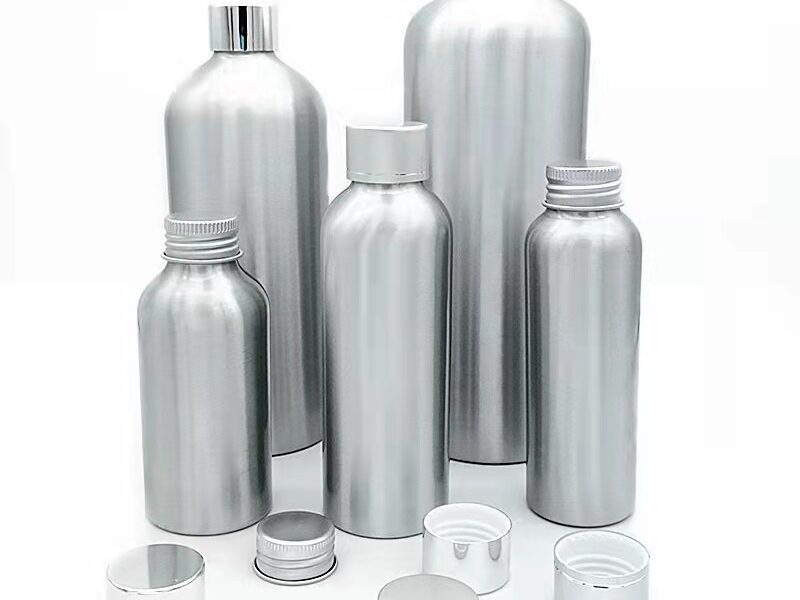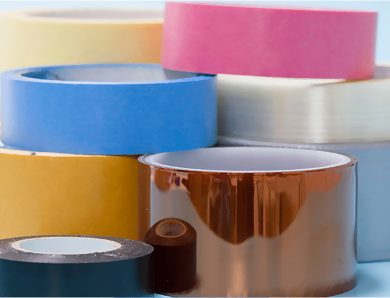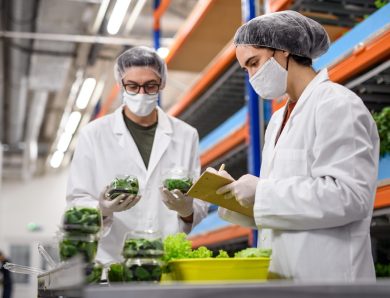
Environmentally Friendly Packaging Solutions For Your Cosmetics
Sustainability is playing an ever increasing role for companies when selecting the right packaging materials for their goods. After all, most of us are aware of the fact that a majority of today’s waste pollution is created through the disposal of, often non-sustainable, packaging materials. The use of environmentally friendly and reusable packaging can make a major difference in our battle for a greener and more sustainable world. This is why more and more companies are nowadays moving away from traditional packagings made from harmful plastics and, instead, are trying more sustainable alternatives. By doing so, companies are trying to operate more sustainably through the reduction of packaging waste.
Below, we will have a closer look at the three types of packaging materials that are most commonly used today. These packaging materials include plastic, glass, and aluminum. Each of these materials comes with its own benefits and disadvantages in terms of price, user experience, and sustainability. We will shortly cover the main pros and cons of each packaging materials. Hopefully, this will help you in selecting the right type of packaging for your cosmetic goods.
Plastic Bottles And Jars
By far the most commonly used packaging material is plastic. Whether we like it or not, plastics are everywhere. Ranging from plastic bottles to plastic jars and even shrink sleeves, it seems like the world of packaging cannot operate without plastics. To understand why plastic is such a popular material in the packaging industry, we first need to look at its benefits.
By far the biggest benefit of plastics is its cheap price. Plastics are extremely cheap and easy to produce. On top of that, plastic is furthermore very durable and resistant. Because plastic packaging materials can be produced in large quantities and at a low cost, they are very popular among companies that require high volume for cheap. On top of that, plastic can be moulded and shaped in any type of design. This makes it very attractive for companies who are looking for a special-shaped container. Whether it’s plastic bottles or jars, plastic is extremely popular among companies who are looking for a unique yet cheap container.
The main disadvantage of plastic is, of course, its impact on the environment. Unfortunately, plastic is not an environmentally friendly product as it takes nature centuries to break it down when plastics are disposed of in a wrong way. Although most plastics are recyclable, a lot of plastic packagings still end up in nature, which has a major influence on our environment. On top of that, plastic is a chemical material which may, in some cases, bring along health-related issues. The most commonly known problem with this is the leaching of BPA into products, which arguably can affect the product’s quality and consumer’s health.
As of late, more and more environmentally friendly plastics are being developed. Although these plastics are easier to break down for nature, they still are far less environmentally friendly compared to other packagings such as, for example, glass or aluminum. On top of that, so-called environmentally friendly plastic is often rather expensive – losing its competitive advantage over regular plastic bottles and jars.
If you are interested in using plastic packaging materials but still wish to operate sustainably, the best option would be through the usage of reusable packaging materials. For cosmetic lotions and sprays, this would mean the use of airless bottles. Unlike traditional lotion pumps, airless bottles feature a minimalistic design in which a lot less plastic is used to produce them. This is possible as airless bottles do not feature the traditional dip-tube pump design but rather a unique non-pressurized vacuum dispensing system. Because of their different design, airless bottles can be easily cleaned and reused after they are empty. Airless bottles are always produced from durable materials, giving them a long lifespan. We can all agree that the best way to prevent packaging waste is by not creating any waste at all. Through the use and reusage of airless bottles, this is possible even with plastic packaging!
Glass Bottles And Jars
Glass bottles and jars have always been seen as an environmentally friendly packaging solution for cosmetics as well as a range of other products. Unlike plastic, glass is a 100% natural material that can be fully recycled. On top of that, glass brings along the added benefit of being transparent and UV-resistant. This makes it a suitable packaging for light-sensitive products such as serums, lotions, and oils. Because glass is a natural material, it is free from chemicals such as BPA. Also, glass hardly corrodes. These aspects make glass a food-safe packaging materials that can be safely used for storing cosmetics as well as any other type of beauty products.
Glass packaging feature all the aspects you’d expect from an environmentally friendly wrapping. Glass is very safe to use, it’s a natural material, and it’s furthermore fully recyclable. What else sets glass packaging apart is that it has a premium look, which is why it’s often used by high-end brands. I guess that we can all agree that a product stored in a glass jar simply looks much better compared to a similar product kept in a cheap plastic container! Although glass, on its own, is a premium and environmentally friendly material, it does bring along some disadvantages as well. Glass is, compared to other packaging materials, relatively expensive. As a result, it may not be a suitable packaging option for start-up companies. On top of that, glass is very heavy and fragile. As a result, glass packaging is more expensive and less sustainable to transport.
Aluminum Bottles And Jars
The popularity of aluminum packaging is ever increasing. Especially in the cosmetic and beauty industry, aluminum bottles and tins are used much more frequently than before. This is no surprise, when you have a look at the benefits that aluminum packaging brings along.
In terms of sustainability, aluminum packaging offers one of the best options you can choose from. Just like glass, aluminum is a 100% natural material that is fully recyclable. In fact, aluminum is one of the only materials that can be recycled countless times without it losing any of its original quality. This makes aluminum very interesting from an environmental perspective.
Aluminum is furthermore a material that is completely food-safe and corrosion resistant without the need of any coating. Thanks to this, aluminum tin and bottles are completely free from any chemicals such as BPA. As a result, aluminum is food-safe and can be used for storing not only cosmetics but also food products and medicine. Aluminum packaging is furthermore completely corrosion resistant. This is interesting especially for the cosmetics and beauty industry as their packagings are often used in humid environments such as the bathroom. With aluminum packaging, you never have to worry about corrosion or rust.
Aluminum bottles and tins are furthermore extremely light in weight. This makes aluminum packaging very cheap and easy to transport. Besides, aluminum packaging is furthermore known for its premium metallic appearance that is guaranteed to add a touch of elegance to any product line. Thanks to the low costs of aluminum packaging, it is the perfect environmentally friendly wrapping for both small and large companies alike.





No Comment